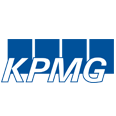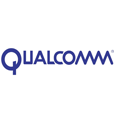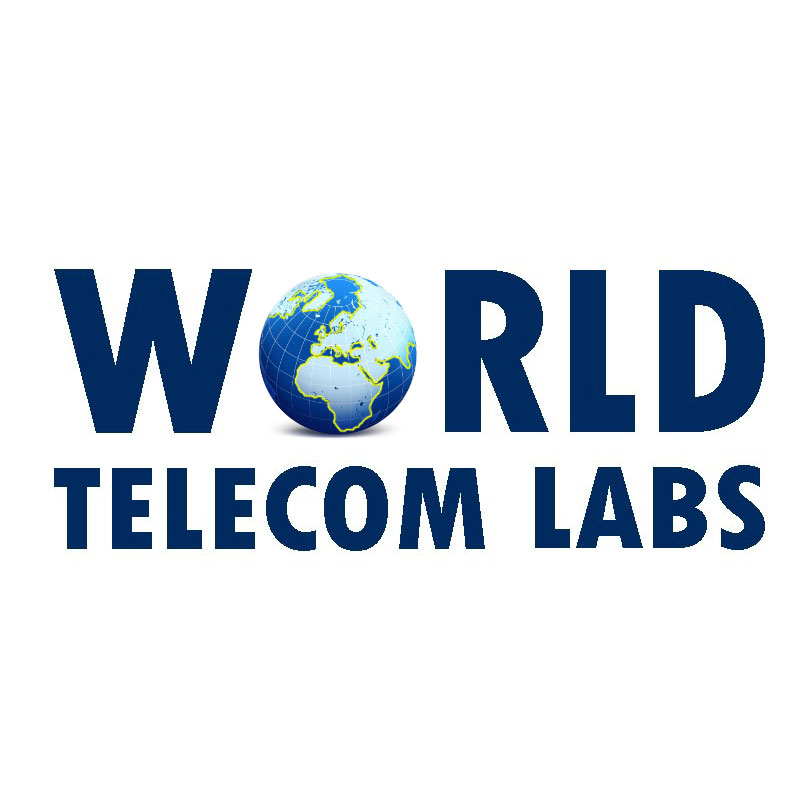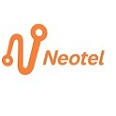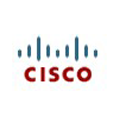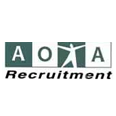 Botswana, officially the Republic of Botswana (Tswana: Lefatshe la Botswana), is a landlocked country located in Southern Africa. The citizens refer to themselves as “Batswana” (singular: Motswana), but many English-language sources use “Botswanan” instead. Formerly the British protectorate of Bechuanaland, Botswana adopted its new name after becoming independent within the Commonwealth on 30 September 1966. It has held free and fair democratic elections since independence.
Botswana, officially the Republic of Botswana (Tswana: Lefatshe la Botswana), is a landlocked country located in Southern Africa. The citizens refer to themselves as “Batswana” (singular: Motswana), but many English-language sources use “Botswanan” instead. Formerly the British protectorate of Bechuanaland, Botswana adopted its new name after becoming independent within the Commonwealth on 30 September 1966. It has held free and fair democratic elections since independence.
Botswana is flat, and up to 70% is covered by the Kalahari Desert. It is bordered by South Africa to the south and southeast, Namibia to the west and north, and Zimbabwe to the northeast. Its border with Zambia to the north near Kazungula, Zambia is poorly defined but at most is a few hundred meters long.
A mid-sized country of just over two million people, Botswana is one of the most sparsely populated countries in the world. Botswana was one of the poorest countries in Africa when it gained independence from the United Kingdom in 1966, with a GDP per capita of about US$70. Botswana has since transformed itself, becoming one of the fastest-growing economies in the world to a GDP (purchasing power parity) per capita of about $14,000, and a high gross national income, possibly the fourth-largest in Africa, giving the country a modest standard of living. The country also has a strong tradition as a representative democracy.
At 581,730 km2 (224,607 sq mi) Botswana is the world’s 48th-largest country. It is comparable in size to Madagascar, and is slightly smaller than the U.S. state of Texas and the Canadian province of Manitoba. It lies between latitudes 17° and 27°S, and longitudes 20° and 30°E.
The country is predominantly flat, tending toward gently rolling tableland. Botswana is dominated by the Kalahari Desert, which covers up to 70% of its land surface. The Okavango Delta, one of the world’s largest inland deltas, is in the northwest. The Makgadikgadi Pan, a large salt pan, lies in the north.
The Limpopo River Basin, the major landform of all of southern Africa, lies partly in Botswana, with the basins of its tributaries, the Notwane, Bonwapitse, Mahalapswe, Lotsane, Motloutse and the Shashe, located in the eastern part of the country. The Notwane provides water to the capital through the Gaborone Dam. The Chobe River lies to the north, providing a boundary between Botswana and Namibia, in the Caprivi Region. The Chobe River meets with the Zambezi River at a place called Kazungula (meaning a small sausage tree, a point where Sebitwane and his Makololo tribe crossed the Zambezi into Zambia).
| Rank | Operator | Technology | Subscribers (in millions) |
Ownership |
|---|---|---|---|---|
| 1 | MASCOM | GSM-900 2100 MHz UMTS, HSPA+ |
1.509 (Q3 2011) | Mascom Wireless (Pty) Limited, MTN (53%) |
| 2 | Orange | GSM-900 2100 MHz UMTS, HSDPA |
0.988 (Q3 2011) | France Télécom (69%), Mosokelatsebeng Cellular (local investors, 26%), local individuals (5%) |
| 3 | Be Mobile | GSM-900/1800 UMTS |
0.491 (Q3 2011) | BTC Botswana Telecommunications Corporation (100%) |




